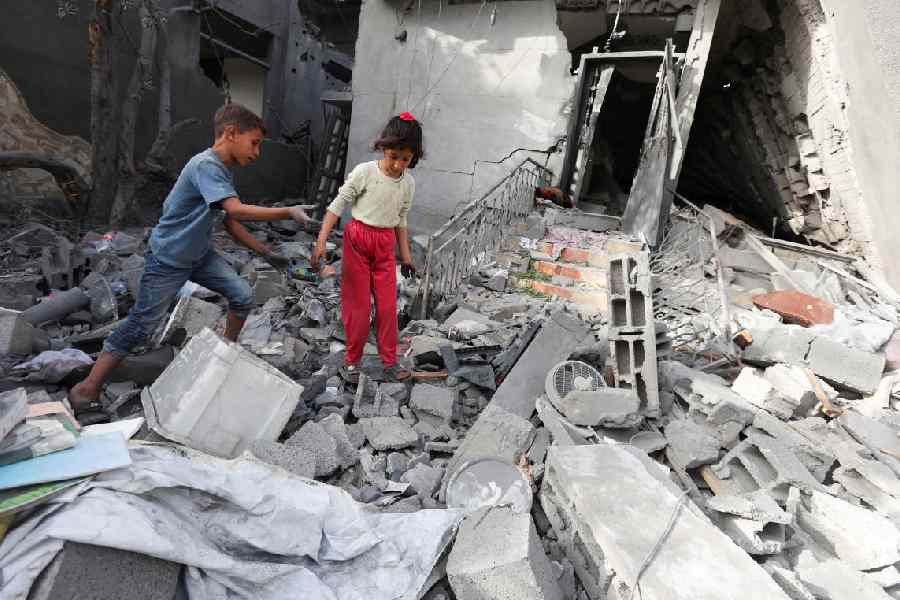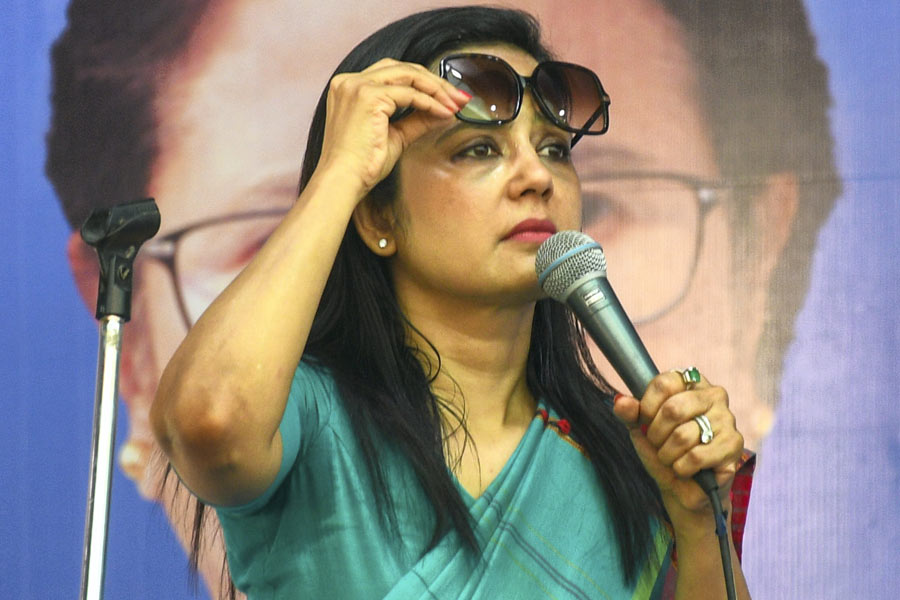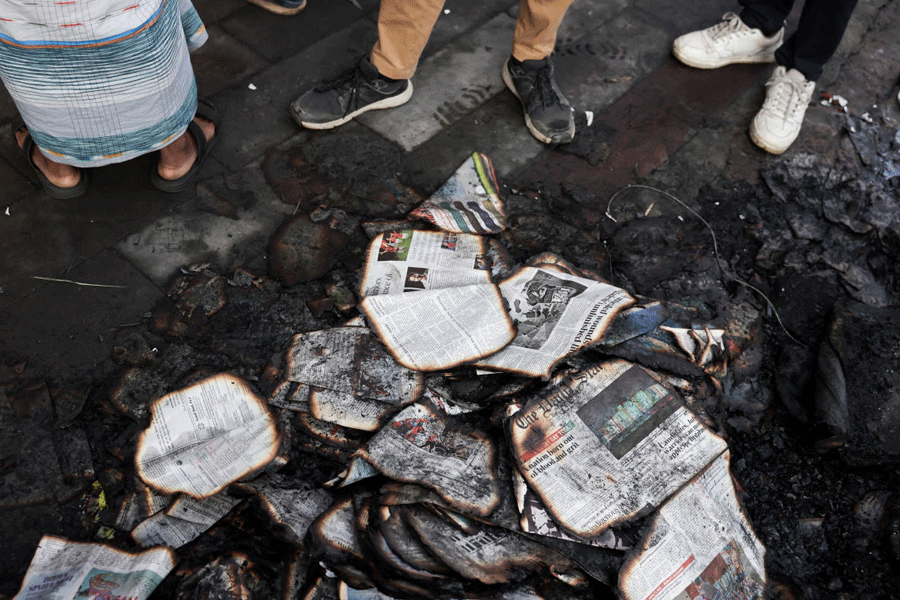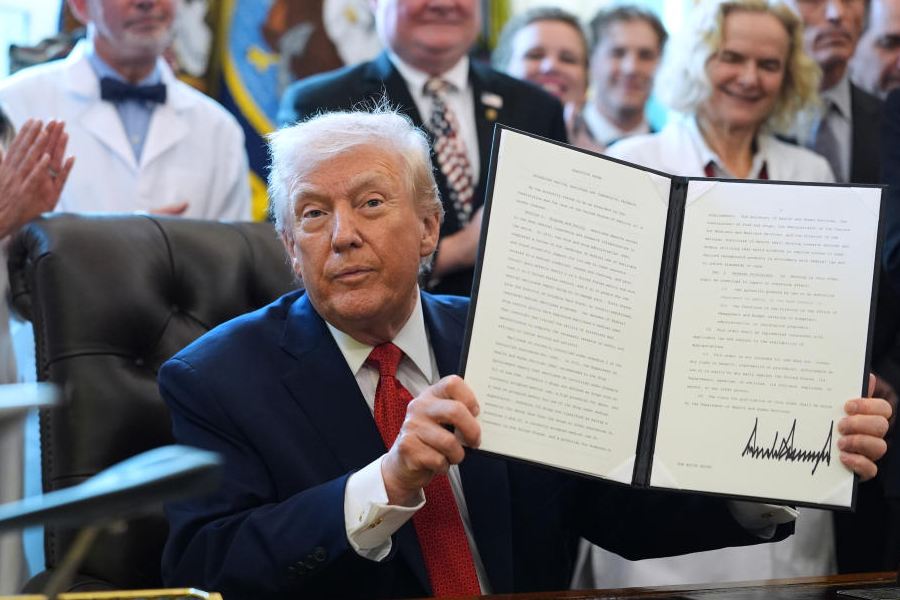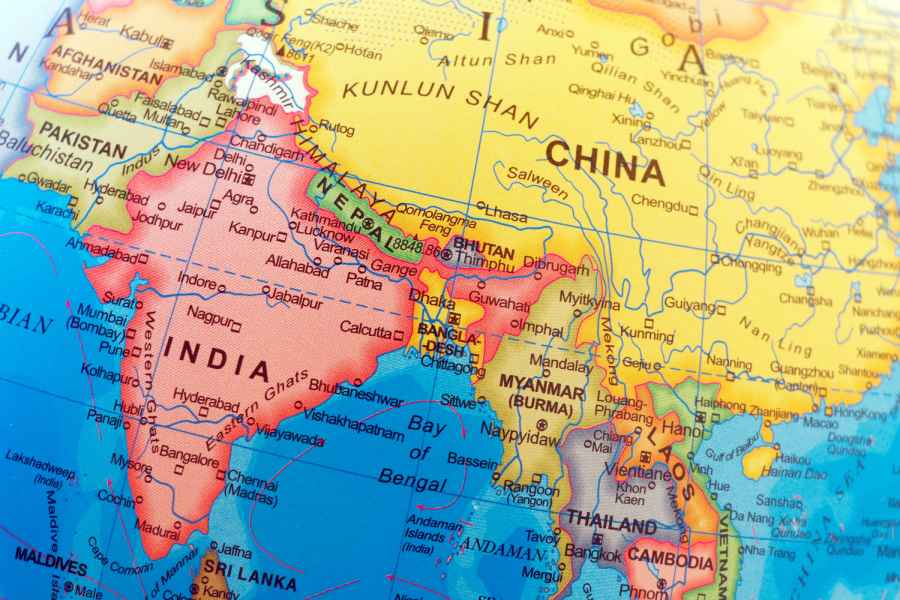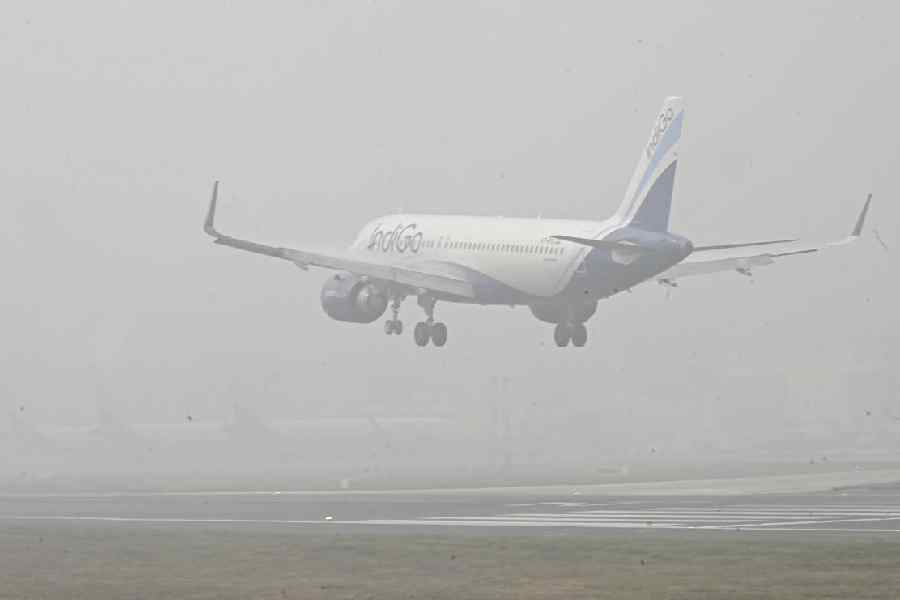Although Bashar al-Assad fled Syria in December 2024, the conflict in the region has not ended. Children continue to be killed, women and girls continue to fear for their safety and nearly 7.2 million Syrians remain displaced. Looking back, the haunting image of Alan Kurdi, the three-year-old Syrian child whose lifeless body washed ashore on a Turkish beach in 2015, lingers as an indictment of humanity’s collective failure. Years later, another heart-rending image emerged — a six-year-old boy, Mustafa, held in the arms of his father, Munzir, both maimed by the brutal consequences of war. These snapshots of suffering flooded social media, momentarily stirring the conscience of the world.
Have these moments of digital outrage translated into substantive change? Have they reduced the violence inflicted on children? Grim statistics suggest otherwise.
According to the report, Children and Armed Conflict, 2023 witnessed a 21% surge in violence against children under 18. Countries like the Democratic Republic of Congo, Burkina Faso, Somalia, and Syria stand as bleak testimonies to this unrelenting brutality. The war between Hamas and Israel has claimed countless young lives, while the relentless conflict in Ukraine continues to target hospitals, schools, and residential areas. With over 70 countries embroiled in armed struggles — whether State-sanctioned or waged by insurgent groups — the world remains a perilous terrain for its youngest inhabitants. Children, who do not incite or strategise wars, are invariably the first and most profound casualties.
The technological evolution of warfare has exacerbated the plight of the innocent. The dawn of the 21st century saw the proliferation of precision warfare — drones, airstrikes, magnetic bombs — wherein collateral damage is no longer incidental but anticipated. Schools and hospitals, once sacred and safe, now bear the brunt of these calculated devastations. A 2024 report by the Global Coalition to Protect Education from Attack says that between 2022 and 2023, nearly 6,000 attacks on education institutions were registered globally. Countries such as Palestine, Ukraine, the Democratic Republic of Congo, and Myanmar experienced the highest number of attacks on educational institutions. The Schools as Zones of Peace initiative in Nepal, spearheaded by civil society during the Maoist insurgency, once offered a glimmer of hope. Perhaps it is time for a global compact to shield these bastions of learning from the ravages of war.
Yet, beyond the direct impacts of war, the role of children within armed conflicts has evolved in a sinister trajectory. Unlike the cumbersome rifles of the 19th and the early-20th centuries, modern automatic weapons such as the Kalashnikov variants — AK-47, 56, 74 — are light enough for a child to wield. The grotesque reality is that children are no longer mere pawns; they now stand at the front lines, coerced into combat. The statistics are staggering: between 2005 and 2022, an estimated 100,000 children were enlisted as soldiers across 20 conflict-ridden nations. Some were as young as eight or nine. Among them, approximately 40% were girls — many of whom joined armed factions under the illusion of safety and livelihood, only to be subjected to unspeakable exploitation.
In the eastern part of the Democratic Republic of Congo, sexual exploitation of girls and women remains a dreadful reality. Research in that country reveals first-hand accounts of the harrowing abuse endured by young girls conscripted into armed groups. Girls as young as 10 and 12 years of age have been abducted and held in captivity for several years, suffering relentless mistreatment. Between January 2009 and May 2015, MONUSCO interviewed 7,946 children who had been recruited by armed groups in the Democratic Republic of Congo, including 600 girls.
Currently, over 400 million children live in conflict zones, their existence shaped by displacement, deprivation, and the omnipresent spectre of death. One in every six children in the world lives amidst violence — whether in the embattled streets of Gaza, the war-torn landscapes of Sudan, or the lawless enclaves of Haiti. How does childhood endure in the face of ceaseless terror? Can innocence survive when playgrounds are replaced with mass graves and lullabies with air-raid sirens?
While armed conflicts in Africa, Asia, and the Middle East dominate the discourse on violence against children, even nations untouched by conventional war grapple with their own crises. The United States of America, a bastion of prosperity, remains entangled in an epidemic of mass shootings. In 2024 alone, 490 incidents of indiscriminate gunfire have marred American communities. The massacre at Wisconsin Christian School on December 16, where a fifteen-year-old girl turned a firearm on her peers, exemplifies this growing malaise. Just months before, the Virginia school shooting claimed 32 lives. Has American society gleaned any wisdom from these recurring tragedies? Can legislative inertia continue to justify the unrestricted accessibility of firearms to adolescents?
Elsewhere, systemic injustices against children manifest in insidious forms. In Afghanistan, education remains an elusive dream for girls beyond primary school. In Myanmar, the military junta’s stranglehold has led to the deaths of over 500 children since 2021, with both students and teachers falling victim to political violence. Roughly 15 million people are expected to face hunger in Myanmar by 2025, with children being the worst affected. Reports from Bangladesh highlight the persecution of minorities and gender-based discrimination, compounding the bleak realities faced by countless children across the globe.
Amidst this relentless bloodshed, the arms industry thrives. The year, 2023, was exceptionally lucrative for the world’s top 100 arms manufacturers. According to the Stockholm International Peace Research Institute, these companies amassed a staggering £632 billion in revenue — an increase of 4.2% from the previous year. Projections for 2025 suggest an even greater surge in arms sales as governments prioritise military expansion over humanitarian imperatives.
The irony is inescapable: while nations claim to champion progress and education, their financial priorities reveal a starkly different narrative. The Covid-19 pandemic underscored the urgent need for increased investment in education, particularly in underdeveloped and developing nations where children were deprived of formal learning for years. Yet, military expenditure continues to dwarf education budgets. The paradox deepens when one considers that the architects of these weaponised economies — the executives, scientists, and policymakers — are products of the very educational institutions they now neglect.
Is there hope for a decline in violence against children in 2025? The answer lies not in rhetoric but in resolute action. A mere fraction of the annual global military budget — less than 10% — could ensure universal access to education. Will the world muster the moral courage to realign its priorities? Or will children continue to be sacrificed at the altar of war and political expediency? As discussions on environmental sustainability gain momentum, one hopes that the cries of war’s youngest victims do not become mere background noise. Let the resolution for the silver jubilee year of this century be unequivocal: an end to the wars that rob children of their right to safety, education, and above all, childhood itself.

